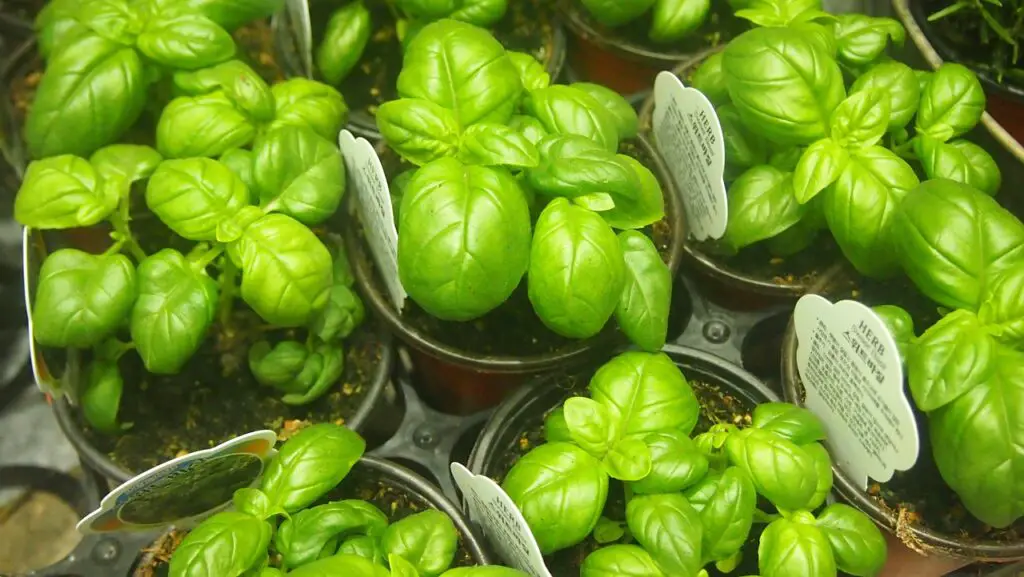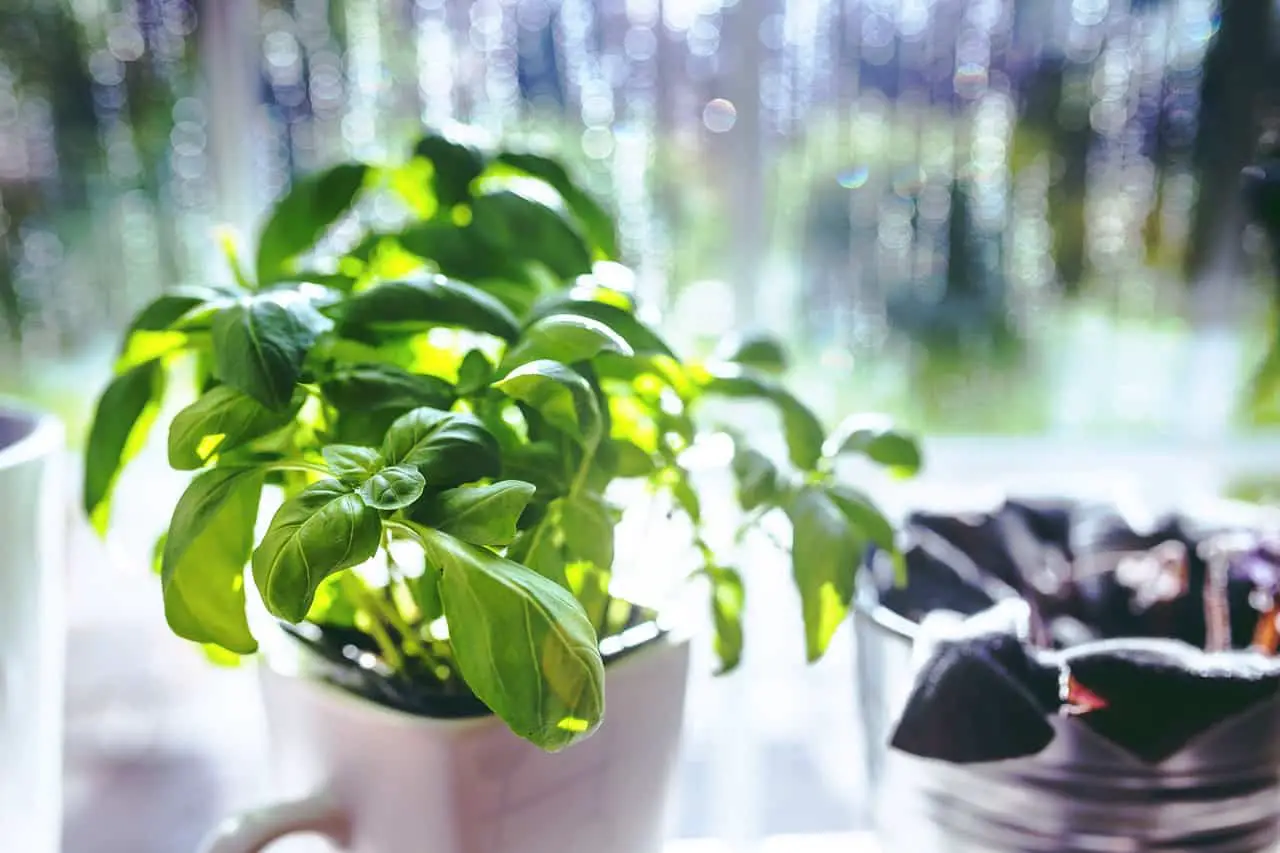
Basil plants grow from seeds or cuttings in warm, sunny locations with well-drained soil. They thrive in the summer months, growing rapidly and producing fragrant leaves. Although basil is typically grown as an annual, some varieties, like perennial basil, can survive through mild winters in suitable climates.
Is Basil A Perennial Plant
Basil is primarily an annual plant, completing its life cycle in one growing season. However, some varieties, like perennial basil, can survive mild winters in suitable climates, regrowing from the same plant year after year.
What Kind Of Plants Are Perennial
Perennial plants are those that live for more than two years, regrowing each spring from the same root system. They include a wide variety of plants such as trees, shrubs, flowers, and herbs. Examples of perennial herbs include rosemary, thyme, and lavender, which can survive for many years under suitable growing conditions, providing continual harvests.
Can Basil Survive In Winter
Basil is highly sensitive to cold temperatures and frost, making it challenging for the plant to survive winter outdoors in most regions. However, with proper care and protection, such as bringing it indoors or covering it with frost cloth, basil can survive mild winters in some areas. Alternatively, harvesting and preserving basil before the onset of cold weather ensures a fresh supply of this aromatic herb throughout the winter months.
What Basil Is A Perennial
Perennial basil varieties include African Blue basil and Holy basil (Ocimum sanctum or Ocimum tenuiflorum). These varieties can survive mild winters and regrow from the same plant year after year.
Is Thai Basil A Perennial
Thai basil (Ocimum basilicum var. thyrsiflora) is typically grown as an annual herb, completing its life cycle within one growing season. However, in regions with mild winters, it can sometimes behave as a short-lived perennial, surviving through the winter months and regrowing the following spring. It is more commonly cultivated as an annual, especially in temperate climates.
Extending Your Basil Harvest
To extend your basil harvest, regularly pinch off the top leaves to encourage bushier growth. Harvest leaves frequently but avoid cutting more than one-third of the plant at a time. Consider propagating cuttings for new plants. Provide adequate sunlight, water, and nutrients to prolong the harvest season of your basil plants.
Caring For Your Basil
Caring for your basil involves several key practices to ensure healthy growth and a bountiful harvest. Plant basil in well-draining soil and provide ample sunlight, at least six hours per day. Water consistently, keeping the soil evenly moist but not waterlogged. Fertilize sparingly with a balanced fertilizer every few weeks during the growing season. Regularly prune basil to encourage bushier growth and prevent flowering, which can compromise flavor. Protect basil from pests like aphids and caterpillars by regularly inspecting plants and using organic pest control methods if necessary. Lastly, harvest basil frequently to encourage continual growth.
Watering Your Basil Plant
When watering your basil plant, aim for consistency and moderation. Ensure the soil is evenly moist but not waterlogged. Allow the top inch of soil to dry out between waterings to prevent root rot. Water the plant at its base to avoid wetting the foliage, which can promote disease. Adjust watering frequency based on environmental conditions such as temperature and humidity.
Harvesting Basil For More Growth
Harvesting basil regularly promotes more growth and prolongs the harvest season. Pinch off the top leaves above a leaf node to encourage bushier growth. Avoid harvesting more than one-third of the plant at once to prevent stress. Harvesting stimulates basil to produce more foliage and delays flowering, ensuring a continuous supply of fresh leaves for culinary use.
How To Grow Basil Year-Round
To grow basil year-round, start by choosing a sunny spot indoors with at least six hours of sunlight daily. Use well-draining soil and water consistently, keeping the soil evenly moist. Consider using a grow light if natural sunlight is insufficient. Maintain temperatures between 65-75°F (18-24°C) and provide good air circulation. Regularly prune basil to encourage bushier growth and prevent legginess. Consider using a potting mix with added nutrients or fertilize occasionally to support continuous growth.

Preserving And Using Your Basil
To preserve basil, consider making pesto, drying leaves for seasoning, or freezing them in oil. Utilize basil in various dishes like salads, soups, and pasta for its aromatic flavor. Regularly harvest basil to encourage more growth and ensure a fresh supply for culinary use.
Drying Basil
To dry basil, harvest sprigs in the morning when oils are most concentrated. Rinse gently and pat dry. Tie stems into small bundles and hang upside down in a warm, well-ventilated area out of direct sunlight. Once dry and brittle, remove leaves from stems and store in an airtight container.
Freezing Basil
To freeze basil, harvest leaves and rinse gently. Pat dry and chop or leave whole. Place in ice cube trays and cover with olive oil or water. Once frozen, transfer the cubes to a freezer bag. Use frozen basil in soups, sauces, or other dishes for a burst of fresh flavor.
Basil Tea
To make basil tea, steep fresh basil leaves or flowers in hot water for 5-7 minutes. Strain, sweeten with honey or sugar if desired, and enjoy hot or cold. Basil tea offers a refreshing herbal flavor and may provide health benefits such as improved digestion and stress relief.

